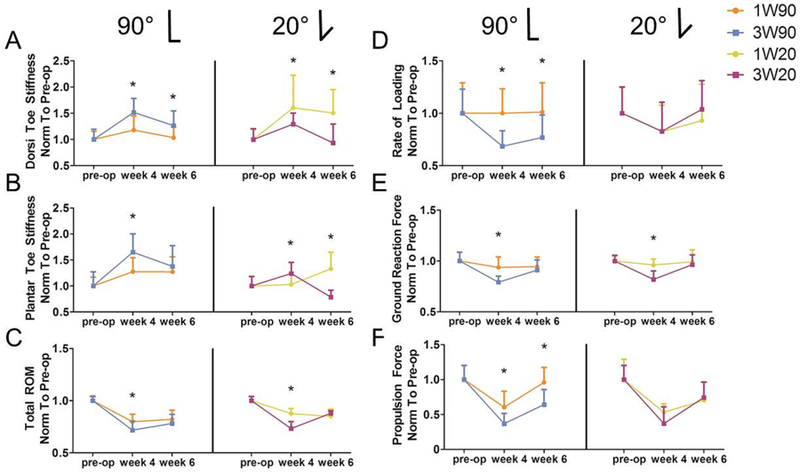Figure 6. Earlier Return to Activity after Dorsiflexion Immobilization (90° or 20°) Improves Ankle Function Six Weeks After Injury.

Torque-angle data from passive ankle testing was fit with a bilinear curve to calculate joint stiffness in the toe and linear regions. Dorsiflexion toe stiffness (A, left) was increased in tendons immobilized for three weeks at 90° (3W90) compared to only one week (1W90), but (A, right) was decreased in tendons immobilized for three weeks at 20° (3W20) compared to only one week (1W20). Similarly, plantarflexion toe stiffness (B, left) was increased in tendons immobilized for three weeks at 90° (3W90) compared to only one week (1W90), but (B, right) was decreased for in tendons immobilized for three weeks at 20° (3W20) compared to only one week (1W20). Animals immobilized for only one week (C) had increased total ROM 4 weeks post-injury compared to three week immobilization, regardless of immobilization angle. Quantitative ambulatory assessment identified negative effects of longer immobilization time, including (D) decreased rate of loading after three weeks at mid-point immobilization (3W90), (E) decreased ground reaction forces in both 3W groups compared to 1W, and (F) decreased propulsion force after three weeks at mid-point immobilization (3W90). 1W90, one week of immobilization at 90°, orange; 3W90, three weeks of immobilization at 90°, light blue; 1W20, one week of immobilization at 20°, yellow; 3W20, three weeks of immobilization at 20°, purple. All values are normalized to measurements taken one day prior to surgery (pre-op). Data is represented as mean+SD. *p<0.05.
